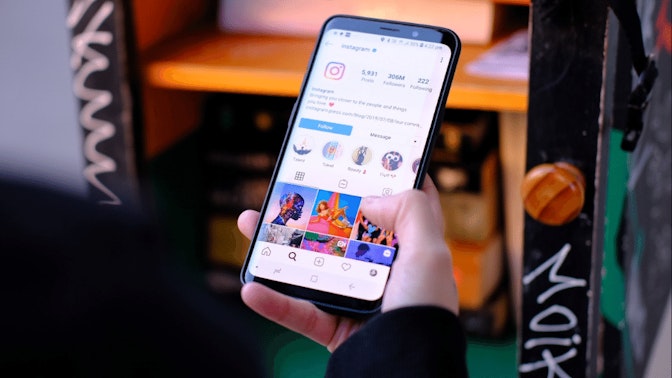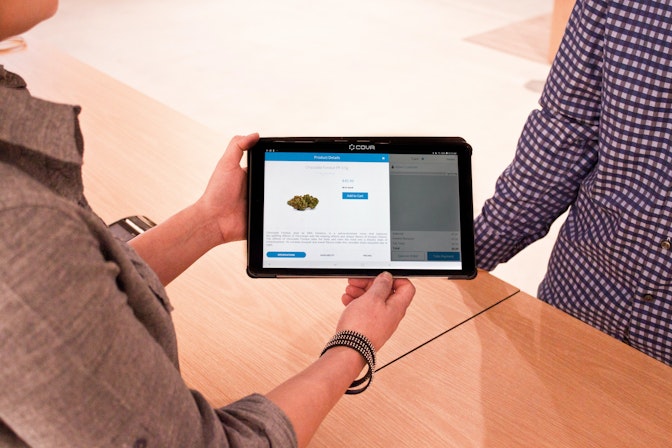Learning how to market a product can help you grow your store’s sales quickly. When you begin to master how to sell a product online, you give your business a chance to succeed. You’ll need to experiment with different marketing ideas to understand your target audience and market your product to them. In this article, you’ll find 24 effective marketing tips on how to promote a product as well as your business.
Post Contents
How to Market a Product
1.Know Your Audience
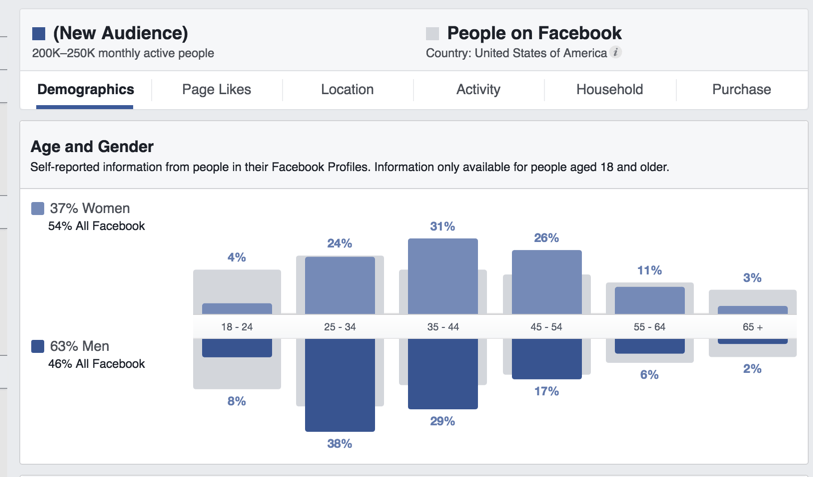
Once you know that audience that is perfect for your product you can start planning how to market to them so you know will can easily get in front of them. Look at their user behavior, i.e. what websites they spend time on. Get to know their social platforms, i.e. how and why they use social media. Finally plan how you will set yourself apart from competitors in a way that your audience will identify with. This could be by using a less formal tone of voice on your website, creating a brand mascot that your audience will love, or by simply providing your product in a more efficient way than anyone else in the marketplace.
→ Click Here to Launch Your Online Business with Shopify
2. Start with Niche Marketing

It’s always fun to dream about owning an everything store like Amazon or Walmart. But don’t race to it before you’ve landed your first sale. Keep a neutral brand name that doesn’t mention the niche. When you first start building your online store, focus on creating a brand around a singular niche. Through niche marketing it will be easier for you to identify and target potential clients and partners to work with. It will also help you to become an expert in your niche, as you will know which marketing strategies work better for the group that you have targeted. For example, you might start off as a jewelry store. As your jewelry store begins to rapidly grow, you can start expanding into other relevant categories such as bridal accessories, hair accessories, or fashion accessories such as scarves and sunglasses. You won’t know which niche to expand into until you get to know your customers. Why were they buying your jewelry? Was it for prom, a wedding, or everyday use? As you get to know your customers, you can start testing other relevant products to find new customers and expand your brand. Not just marketing, but the positioning and branding of online stores also benefit as a result of niche marketing, as your profile as a brand becomes more credible over time with the niche that you have chosen.
3. Build Strong Customer Relationships

Treat your unhappy customers well and treat your happy customers like your best friend. When customers are unhappy, you need to put in effort to resolve the issue and brighten their day. Imagine yourself being excited about receiving a product only to realize the quality is poor or it’s smaller than you expected or customer service didn’t resolve the issue properly. You’d likely feel frustrated and disappointed. That’s how your unhappy customer feels. Offer a refund, a small free gift and do whatever it takes to make them happy again. Because one bad experience isn’t necessarily going to ruin the relationship – especially if you worked hard to fix it.
Now let’s talk about happy customers. Do you respond to happy customers? Most store owners don’t! But they should– and you should too. If the same customer is constantly engaging with your store, build a relationship with them. Thank customers who write positive reviews. Respond to emails where customers tell you they love the product. By building a relationship with happy customers you begin to turn them into loyal customers. As customers become loyal, they’ll end up spending more money on your store while becoming the type of customer who markets your product for you.
4. Elicit an Emotional Response

To sell products online, you need to elicit an emotional response from your customers. You can do this by adding scarcity and urgency tactics on your store such as countdown timers, showcasing limited quantities and having flash sales. Doing this, will help encourage store visitors to buy right now. You can also elicit an emotional response with your copy such as product descriptions. If your product solves a problem, mentioning the problem and explaining how your product solves that problem can help urge people to solve the problem with your product. Your copy can also create urgency with words like ‘right now’ or ‘today.’ Images on your website can also elicit an emotional response. From the emotion on your model’s face to the colors you use on your website, you can lead customers through your sales funnel. You might want to do some prior research on color psychology to ensure that your eliciting the right emotions on your website. The main part is to understand your target group.
Emotional connection is irreplaceable. Regardless of whether you’re executing conventional or unusual business ideas, you need to find an emotional selling point that appeals to your customers, and work towards promoting it through your content. Use the emotional relationships you build with customers to your advantage, and show them, through your content or actions, as a brand that you care about what they care about. Find out what appeals to the specific demographic you are focused on, and create emotional content that captures their attention and moves the users to take action.
5. Personalize the Experience

Personalization is proven to increase online sales, with marketers making as much as 20% more by personalizing their website. You can personalize the shopping experience in a number of ways. You might suggest products based on customers’ browsing experience, through retargeting, sending emails with their name or welcoming them onto your website such as ‘Welcome back Jim’ when a customer is logged in. You could offer them recommended sizes based on a customer’s weight and height to help them determine their best fit.
Personalization, however, is not just limited to consumers seeing their names at the top of an email. It is about providing relevant content to them. Personalization is about creating convenience for your consumers. It should create a feeling that when a page or email is sent to them, they are interested or excited about the information. Overall, by personalizing the experience for your customer, they’ll be more likely to make a purchase. Personalization in marketing is the way forward in creating better relations with your target customers.
6. Creating Gift Guides

Most people focus on creating gift guides during the holiday season, but creating them months prior to it allows your content a chance to begin ranking in search engines. If you sell lingerie, you might create gift guides for anniversaries, weddings, bridal showers, bachelorette parties, Valentine’s Day and more. If you sell men’s apparel you might create gift guides for holidays like Black Friday, Christmas, Father’s Day and more. You could also create gift guides for specific audiences like gift guides for him, her, [niche] lovers, or other relevant audiences. This helps make money blogging by recommending products within your store. You can add a buy button for each product on your blog posts.
How To Sell A Product
7. Guest Blogging

You can promote your business by writing content for other blogs. You’ll want to have a link back to your website or product in the article or in an author bio. By guest blogging, you share your niche expertise with others which elevates your expert status. The key to monetizing the traffic from your guest posts is to have retargeting ads on your store running constantly. So if a person lands on your website and doesn’t purchase, you can continue remarketing to them through ads. When choosing websites for guest blogging focus on relevant and complementary niches. For a relevant niche, you might write guest posts on blogs within your niche that don’t have stores. A complementary niche would be one that has a similar audience but sells different products such as a sunglasses store partnering with a sunscreen brand. That’s why guest blogging is one of the ways that you can build relationships that may help you in the long run by developing business opportunities and connections, by setting brand value, and by link building.
8. Reuse Customer Generated Content

As your store grows in popularity, your customers will start sharing pictures of your products. Add the customer pictures on your website and repost them on your social media and tag them. When a new customer visits your website, if they see the customer photo from someone who shared it, they’ll be more compelled to make a purchase since they know what the received product looks like. They also know that others have purchased from your store and liked what they received enough to share their own pictures. It’s almost like a product review.
Some customers may even leave a review with pictures on your store which you can use to share on your social media as well. It also keeps your costs low as it allows you to show off different angles and pictures of your product without having to invest in further product photography. Ask customers for permission before creating ads with their faces on it as it can make them feel uncomfortable for a high level of exposure. You can repost their pictures on social media but remember to credit them.
9. Figure Out What Type of Content You Should be Creating
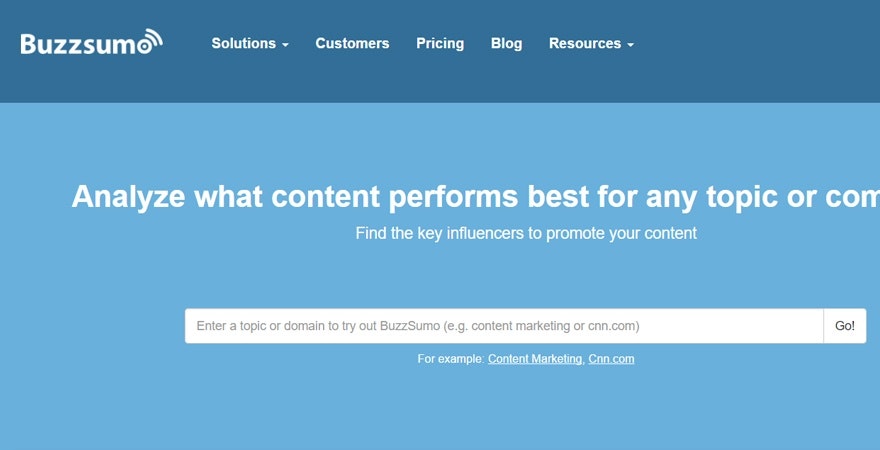
Content opportunities are numerous — you could use blogs, articles, ebooks, infographics, social media, videos, or anything else to spread your content. But the main question is what type of content you want to invest in. Creating engaging, brand-enriching content will be your way to get noticed online, and to gain attention. You can use tools like BuzzSumo to determine the most shared articles are within your niche, on a competitors’ website and even your own website.
By analyzing what type of content gets shared the most, you can work on improving the type of content you create whether it’s a blog or video. You’ll learn to create better content that provides value to your readers. By providing more valuable content, you increase your odds of having your content shared, increasing your audience size and boosting your sales. You can also use tools like CoSchedule’s Headline Analyzer to create headlines that attract higher click-through rates. When you have done your content right, it allows you to connect with your customers in a unique way, and can help build trust and keep your users informed.
10. Create YouTube Videos
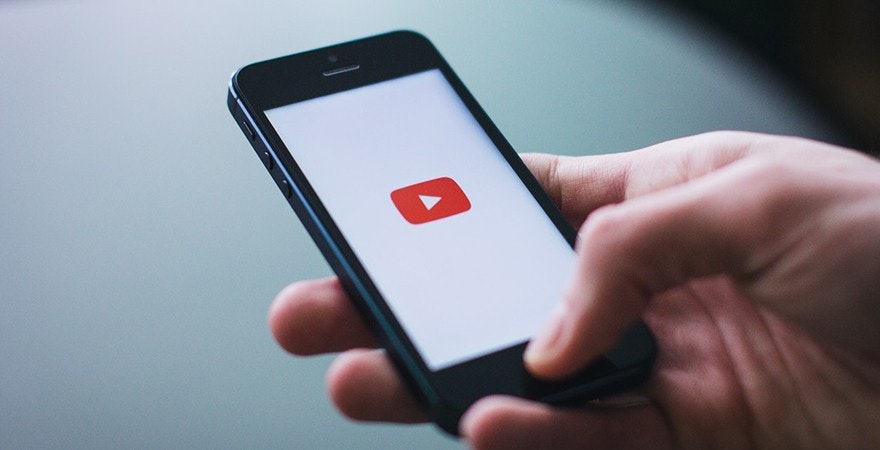
YouTube has more than a 1.5 billion monthly users. The platform is so expansive that it can be accessed in 80 different languages, accounting for 95% of the world’s population. That’s why, YouTube provides your brand a unique sales channel to market your products, and for users to experience and share it in an easier way.
YouTube has helped businesses, like Luxy Hair, to promote their products. Creating regular content can help you provide value to your customers, increase your brand presence and improve your store’s sales. The only catch is that you’ll need to commit to creating videos regularly. In the beginning, you might want to create several videos a week and decrease it to once a week once you’ve built up a sizeable audience. If you sell unicorn brushes you could create makeup tutorials. If you sell apparel you could create styling tips videos. If you sell journals you could create videos about goal setting, organization, and mindfulness. Ultimately, you need to determine how to provide value to your customers based on your niche.
11. Be an Industry Expert

Being an industry expert doesn’t mean that you need to know figures and trends off the top of your head. Building a team of experts behind you who can carry out research, lead focus groups, and help elevate your brand above all others can help to effectively market your product across many more channels, audiences, and geographies.
12. Product Reviews

Customers read reviews before making their purchase. If we look at some numbers Bright Local did a Local Customer Review Survey in 2018 which found that:
- 84% of people trust online reviews as much as a personal recommendation.
- Adding to that, 90% of consumers read less than 10 reviews before forming an opinion about a business
- Finally, 74% of consumers say that positive reviews make them trust a local business more.
If you’re looking to boost sales, social proof that other customers have purchased your product can help increase sales. You can use apps like Product Reviews Addon to automate building up your product reviews. It’ll ask customers to leave a product review after they’ve received it. You can also pick and choose product reviews from AliExpress to import into your reviews section such as reviews with customer pictures. The more positive reviews your store has the more likely you are to ease customers into a purchase.
How To Promote Your Business
13. Create an Affiliate Program

Affiliate marketing is performance-based marketing where a business rewards a person who promotes their product for every new customer or visitor brought in by the person’s own marketing efforts. Using the affiliate marketing program in the right way, you will be able to market your products online and gain many benefits such as increased sales, increased traffic to your site, extended reach of your brand, better search engine rankings, and creating the basis for a viral marketing strategy. That’s why creating an affiliate program can prove to be profitable for your business. You’ll only pay for the referrals who purchase from your store, making acquisition costs lower. You’ll need to offer a commission to your affiliate for bringing in that customer.
→ Click Here to Launch Your Online Business with Shopify
A popular trend in top ecommerce stores is a ‘Get $15’ link on the top navigation of a store. Get $15 is the reward the affiliate gets for bringing in a customer. You can add restrictions such as minimum spend a customer needs to make in order for your affiliate to get the commission. Be sure to clearly outline the rules of your affiliate program with your affiliates to prevent confusion. If your supplier can add marketing materials to your packages, you can even encourage customers who’ve purchased from you to become your affiliates.
14. Invest in Retargeting Ads
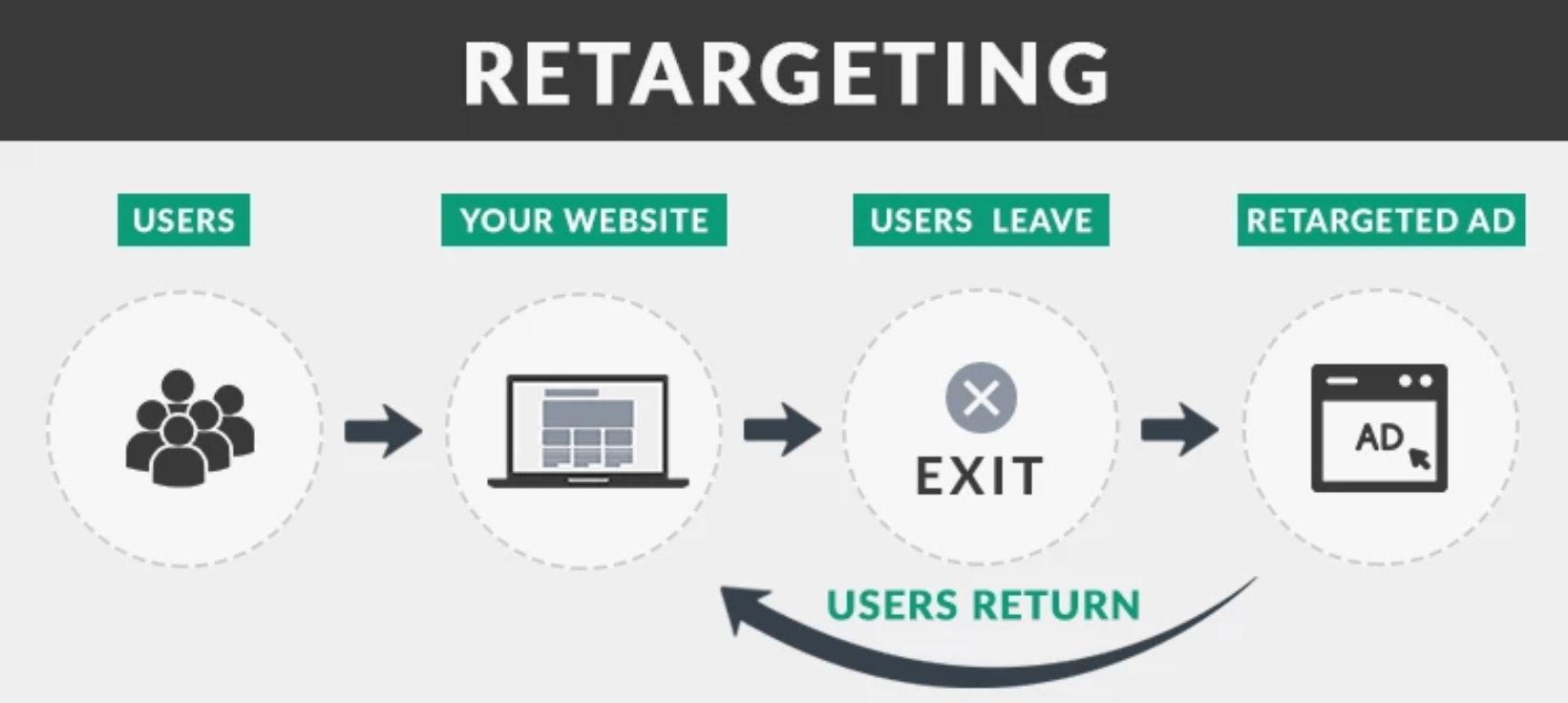
What is even better about retargeting visitors to your website is that you can offer them discounts or limited time offers to entice them back to your website. If you plan your product marketing well enough you can even advertise to people who have viewed or even added a product to cart and left your website so the messaging is highly personalized. And as we have mentioned before personalizing an experience for a browser is a great way to increase online sales.
15. Be Active. Everywhere

A lot of people say they put their brand out there, but they really don’t. You can’t expect organic sales to skyrocket when you’ve posted five times on Instagram. That’s not how marketing works. You need to be on several platforms. You need to be active on those platforms. You need to use hashtags. Responding to messages, engaging with relevant audiences, and building up strong relationships should be a part of your daily routine. You’re not going to hit a homerun with your first post. But if you stick with it, are consistent and active online, eventually, you’ll see results from your hard work. You can automate some of your posts, repost someone else’s content with credit and other tasks so that it isn’t overwhelming to grow your online presence. However, when people visit your social media, it should be active.
Aside from social media, you need to put your brand out there such as guest posting, creating blog content, doing niche specific interviews and more. Make sure people know your brand exists. You need to manage your online reputation proactively. It is always useful to interact with your customers or see what is being said by your customers about you on social media platforms. If you are facing any complaints, or customer queries, respond to them timely, and continue to work on building a real and long-lasting relationship with your customer group.
16. Build Online Community

Building an online community is a great way to promote not just existing products but new ones too. You can even organize a focus group to test your new products before you bring them to market. Simply engage with your community, discover the biggest supporters of your brands, outreach to them offer a free test product, and gather feedback from them.
17. Create Great Assets
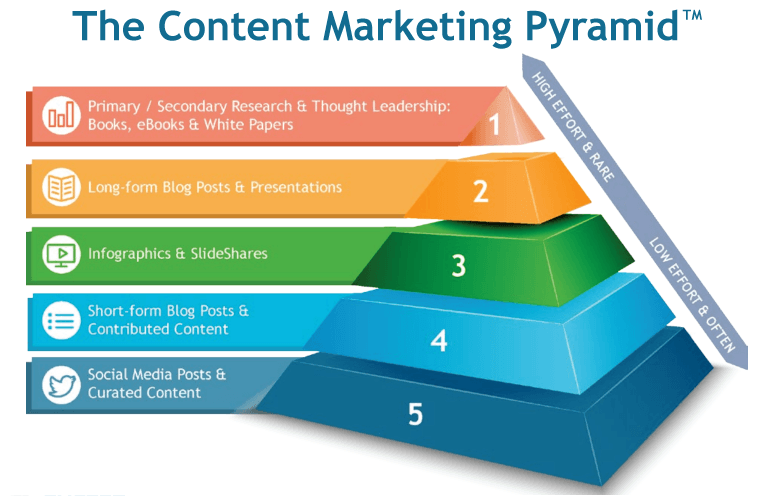
Once you identify who your audience is, look at how they interact with content, specially what forms of content they prefer. Then you can work on creating information that is important to market your product to this market through their favorite forms of content.
18. Targeted Ads

You need to hit the nail on the head by targeting your advertisements to customers who will benefit from them, or who are interested in seeing them. By using targeted ads you will be able to develop an efficient campaign, and use your advertising resources more effectively. You will also be able to increase your return on investment (ROI) as targeted advertisements will yield a higher result, for a lower cost, as you will be wasting less money and time on customers who are not interested in what you have to offer.
Effective Marketing Tips
19. Monetize Contests and Giveaways

Contests are usually overlooked as a source of revenue for your website. Whether you are running a Black Friday campaign or marketing as usual, regular contests can be a good way to increase your revenue per user. However, an important decision that needs to be made before monetising your giveaway is which platform you will use. Hosting contests and giveaways is also a great way to grow your email list. After the contest ends, you’ll be able to continue marketing to the people on your email list who happily subscribed in hope that they’d win a prize.
Not winning a prize can be discouraging – fortunately, there’s an easy solution. Tell your customers there’s one big prize they can win. When you go to send an email to the people who didn’t win a prize, send them an email saying they’ve won a runner-up prize. The runner-up prize will be a small gift card to your store that has a minimum spend required so that people don’t take advantage to get something for free. Thus, everyone becomes a prize winner, making them happy while you generate extra sales. When you allow your users to opt in for future competition notifications, you can easily build a list of users who are interested in knowing about any future competitions or giveaways as soon as you launch them.
20. Create a Customer Loyalty Program

Customer loyalty is when, due to positive customer experience or customer satisfaction, a customer is willing to buy from or work with a brand repeatedly. Customer Loyalty is of utmost importance to a brand’s success. Loyal customers can help a business grow faster than acquiring a new customer. It costs a business about 5 to 25 times more to acquire a new customer than it does to sell to an existing one. Additionally, 82% of U.S. adults say they’re loyal to brands. With these statistics in mind, your business could potentially put in effort to make sure you are doing what you can in order to keep your customers satisfied and coming back to you. Loyal customers not only spend more with brands they trust, but they also spread positive word-of-mouth, by telling their friends and family about their positive experiences or provide recommendations.
Since we’re aware that it costs more to acquire a new customer than to retain an existing one, you could focus on how to activate your loyal customers to bring in new ones. This is where customer loyalty programs come in. A customer loyalty program is when a company offers a reward or benefits to customers who frequently make purchases. These benefits could include free merchandise, discounts, rewards, coupons, or offers on products that are yet to be released.
The best way to sell a product is to send a loyalty program email to your customers a day after they’ve made a purchase on your store. On the link above, you’ll find the exact email template I’ve used that’s generated sales on my store. By automatically enrolling customers into your loyalty program, you’ll be able to help grow your repeat purchases on your store which helps boost your overall sales. Customers who’ve already purchased from you are more likely to purchase from you again than new customers. When welcoming your customers into your loyalty program, offer them a special discount code they can use for life. You should regularly email your former customers to promote special VIP offers to continue boosting sales. You’ll want to market to them occasionally so you don’t lose your most valuable and profitable customers.
21. Special Offers and Freebies

Including a special offer or freebies section on your website can help boost sales and email lists. Your special offers could be a page where you list all the discount codes you have running right now. While discount codes can lower your profit it can also convince a customer on the fence that today’s deal is worth buying. Having freebies under your special offers page can also help build up your email list. If you sell phone cases, you can create and giveaway phone backgrounds on your website. If you sell fashion, you can give away a free pair of earrings with a minimum purchase as earrings can be affordable on AliExpress. You can always play around with the types of freebies and special offers you provide such as buy one get one free offers (BOGOF), free delivery, gift vouchers, student discounts, loyalty points, gift cards, guarantees for higher priced items, or any other types of special offers that might interest your customer group.
22. Make a Mobile App
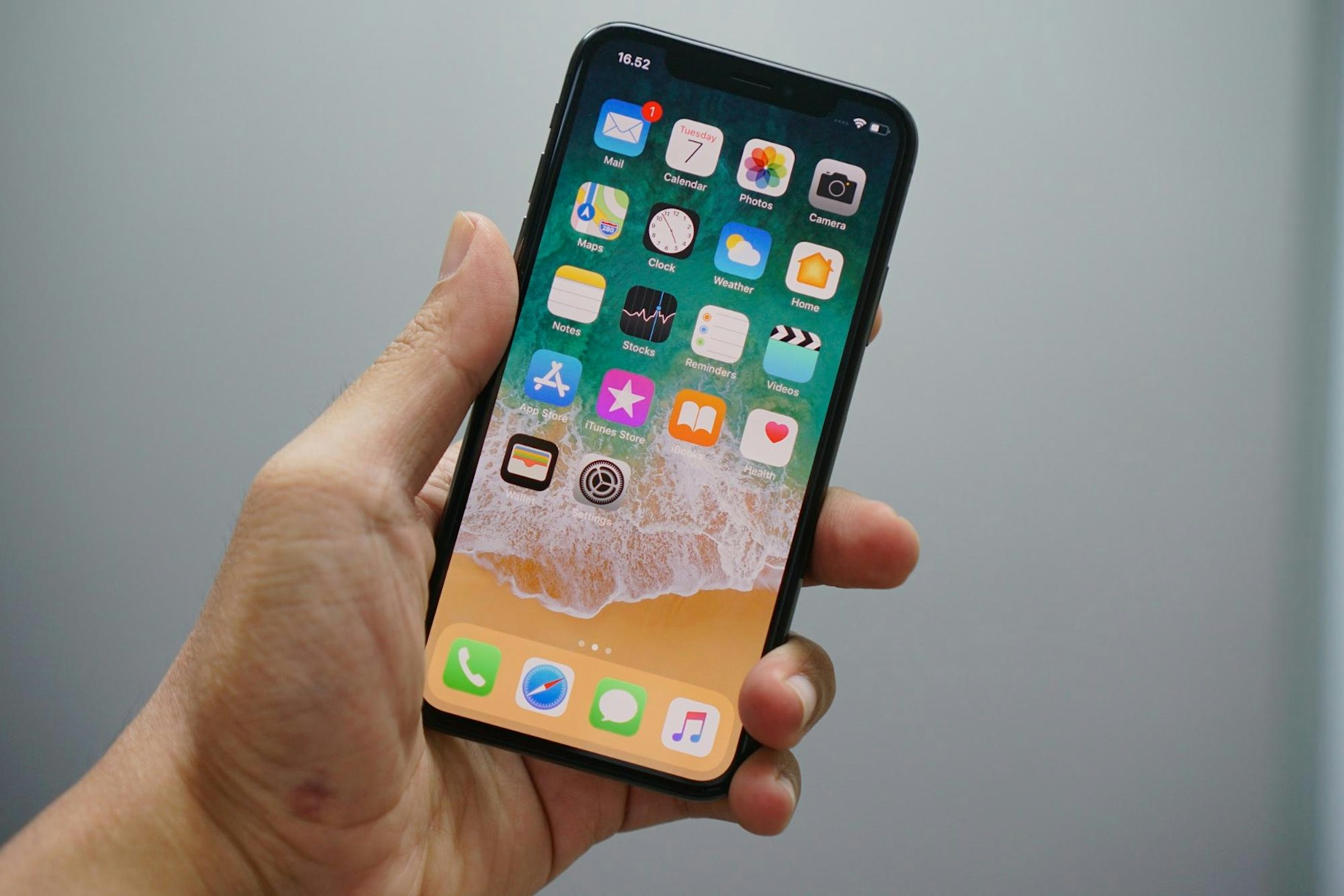
The options are endless with an app but it needs to make a customer envision them owning a product for it to be a success at increasing sales. Apps that provide no
23. Influencer Blogging

24. Partner with Influencers

Influencer marketing can increase your online sales when you don’t have a big audience. Finding the right influencers to partner with can be tricky for a new store owner. You’ll want to be mindful of the type of engagement shoutouts get when they share your brand’s products. Are the comments about the influencer or is it about the product? Does the post get high engagement? Does the same brand repeatedly promote their product with that influencer? If they do, it’s likely because the influencer is able to convert their audience. Some influencers charge hundreds of dollars but generate few sales. You’ll likely want to work with an influencer who has at least 100k followers to actually be able to get sales as smaller audiences might not convert as well unless it is an ultra-niche market.



Want to Learn More?
- GDPR Compliance for Ecommerce: What Store Owners Can Do
- The Beginner’s Guide to 7 Types of Internet Marketing
- How Much Does it Cost to Launch a Dropshipping Store?
- 15 Ways to Increase Social Media Engagement Quickly
What marketing tactics have you done while growing your online store? Share your marketing tips to help other store owners grow their stores in the comments below!


